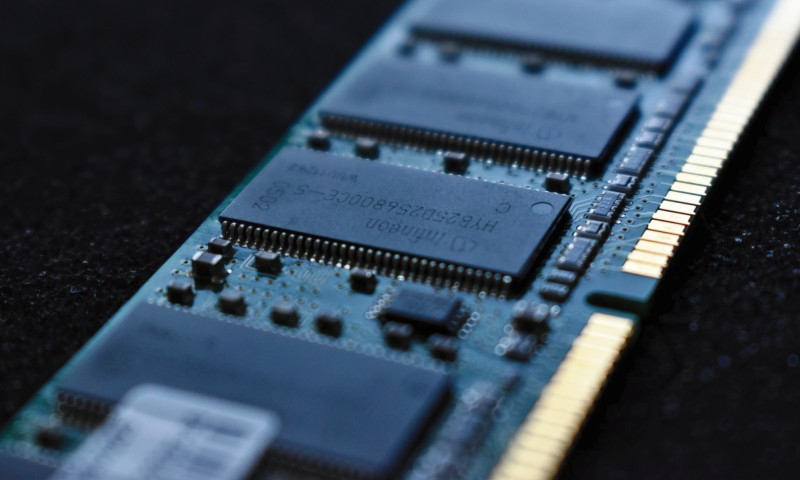Memory chip leaders Samsung Electronics and SK hynix note that China has significantly increased imports of South Korean chips in the first half of 2024. Sales of Samsung Electronics in China grew by 82 percent, and SK Hynix by 122 percent. Moreover, 96% of SK hynix’s revenue in China was provided by memory chips. Samsung’s sales in China are more diversified and include smartphones and home appliances in addition to chips.

Image source: unsplash.com
Revenue from shipments of Samsung chips to China in the first half of 2024 amounted to 32.35 trillion won ($24.1 billion), which is 82% higher than the same result in the previous year. China accounted for about 31% of Samsung’s regional revenue of 104.9 trillion won, up 28% from the same period a year earlier.
SK Hynix also reported growth in sales in China, with revenue from Chinese customers rising to 8.6 trillion won ($6.4 billion), up 122% from the same period last year. Supplies to China brought the company 30% of the 28.8 trillion won ($21.49 billion) of total revenue for the first half of the year. Amid massive shipments to China, SK Hynix inventories fell to their lowest level in seven years in the second quarter.
The sales growth comes amid expectations of tougher US sanctions on high-tech semiconductor products. Analysts suggest that Chinese importers are being forced to increase inventories ahead of the announcement of new restrictions. Purchasing activity for chips used in AI systems, such as high-speed HBM (high-bandwidth memory) memory, has especially increased.
Amid the generative AI boom, Chinese tech giants such as Huawei and Baidu are demanding more semiconductor products, including memory chips, central processing units and graphics processing units. In October 2023, tightening US export restrictions stopped the supply of integrated circuits containing more than 50 billion transistors to China and several other countries. However, HBM memory is not yet subject to these restrictions when sold as a separate component.
Another factor in the sales growth was the price recovery that followed last year’s production cuts by leading players in the semiconductor market amid sluggish demand.
According to TrendForce, Samsung and SK Hynix’s revenue from DRAM shipments in the second quarter accounted for 43% and 35% of the global market, respectively. At the same time, SK Hynix controls more than 50% of the HBM memory market.